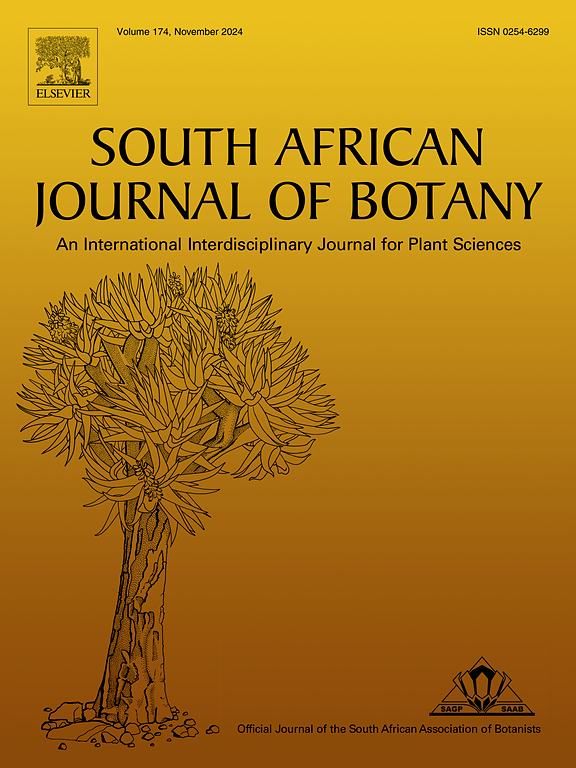Protocorm-like bodies (PLBs) in monocotyledonous plants: A comprehensive review of a specialized pathway for plant propagation
IF 2.7
3区 生物学
Q2 PLANT SCIENCES
引用次数: 0
Abstract
Protocorm-Like Bodies (PLBs) have emerged as promising tools for the regeneration of monocotyledonous plants, offering valuable applications in agriculture, horticulture, and conservation. Mimicking early plant embryo development, PLBs provide an efficient method for clonal propagation, enabling the large-scale production of monocots, including economically important crops and endangered species. This review examines the key methodologies for PLB induction, emphasizing the importance of explant selection, culture medium composition, and environmental factors. It explores the potential of PLBs in plant breeding, genetic engineering, and conservation of genetic diversity, highlighting their ability to produce genetically uniform plants for ex situ conservation efforts. Despite these advantages, challenges, such as somaclonal variation and genotype-dependent responses, limit broader commercial applications. This review discusses strategies to mitigate these issues, including optimizing growth regulators and utilizing molecular markers for early detection of genetic variation. Despite the promising advantages of PLBs, this review identifies the need for further research to overcome existing challenges, particularly in minimizing genetic variability and optimizing protocols for diverse monocot species. This review also identifies the need for continuous research on the molecular and epigenetic mechanisms underlying PLB development to refine tissue culture techniques, minimize variability, and improve regeneration efficiency. Integrating PLB propagation with cutting-edge biotechnological advancements promises to advance plant science and support sustainable agriculture and the preservation of global biodiversity.
单子叶植物的原球茎样体(PLBs):植物繁殖的一个特殊途径的全面综述
原球茎样体(PLBs)已成为单子叶植物再生的一种有前途的工具,在农业、园艺和保护方面具有宝贵的应用价值。plb模仿植物早期胚胎发育,提供了一种有效的克隆繁殖方法,使单子房的大规模生产成为可能,包括经济上重要的作物和濒危物种。本文综述了PLB诱导的关键方法,强调了外植体选择、培养基组成和环境因素的重要性。它探讨了plb在植物育种、基因工程和遗传多样性保护方面的潜力,强调了它们生产遗传一致植物的能力,以进行迁地保护工作。尽管有这些优势,但体细胞无性系变异和基因型依赖性反应等挑战限制了其更广泛的商业应用。本文讨论了缓解这些问题的策略,包括优化生长调节剂和利用分子标记早期检测遗传变异。尽管plb具有很好的优势,但本文认为需要进一步研究以克服现有的挑战,特别是在最小化遗传变异性和优化多样化单子叶植物的方案方面。本综述还指出,需要对PLB发育的分子和表观遗传机制进行持续研究,以改进组织培养技术,最大限度地减少变异,提高再生效率。将PLB繁殖与尖端生物技术相结合,有望推进植物科学,支持可持续农业和保护全球生物多样性。
本文章由计算机程序翻译,如有差异,请以英文原文为准。
求助全文
约1分钟内获得全文
求助全文
来源期刊

South African Journal of Botany
生物-植物科学
CiteScore
5.20
自引率
9.70%
发文量
709
审稿时长
61 days
期刊介绍:
The South African Journal of Botany publishes original papers that deal with the classification, biodiversity, morphology, physiology, molecular biology, ecology, biotechnology, ethnobotany and other botanically related aspects of species that are of importance to southern Africa. Manuscripts dealing with significant new findings on other species of the world and general botanical principles will also be considered and are encouraged.
 求助内容:
求助内容: 应助结果提醒方式:
应助结果提醒方式:


